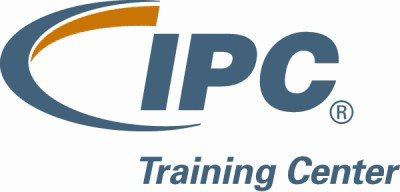Rick Hartley
RHartley Enterprises
System Mechanical Design to Control EMI
EMI occurs because some mechanical structure, within or attached to our system, is capable of resonating and radiating stray electro-magnetic field energy. Those mechanical structures can be a cable attached to the enclosure, items near the circuit, a part of the metal chassis, a slot in the chassis or a portion of one of the circuit boards in the system. Knowing how to control these structures so they are not capable of resonance and radiation is the key to success.
This two-hour course will discuss and define –
- Determining Max Frequency of a System
- Antenna ‘In’ and ‘On’ PCBs and Enclosures
- Metal vs plastic enclosures and shielding of circuits
- Impact of slots and openings in enclosures
- Impact of Component placement and PCB shape
- Extreme importance of I/O connector placement
- Correct Shielding of I/O Cables
PCB Layout of Switch Mode Power Supplies
Having a solid understanding of SMPS PC Board layout can eliminate SI and EMI problems. Switch Mode Power Supplies have 5 circuit loops, all of which are important, but a couple of the loops are critical. An improperly designed Switch Mode supply will often have EMI problems and/or not function as intended, in some cases will not function at all. Understanding what makes up a switcher circuit and knowing how to take care of the loops, during PC Board layout, will allow these supplies to operate flawlessly, with very high efficiency, and without EMI.
This two-hour course will discuss and define –
• Basic operation and EMI concerns of SMPS circuits
• Self-contained SMPS Controllers, Good and Bad
• PC Board layout of Critical Circuit Loops, including Feedback
• Proper Grounding on 1&2 Layer vs Multi-layer PC Boards
• Should Ground be opened under ‘Switch Node’ and/or Inductor?
• Good and ‘Not Good’ EMI Control techniques


